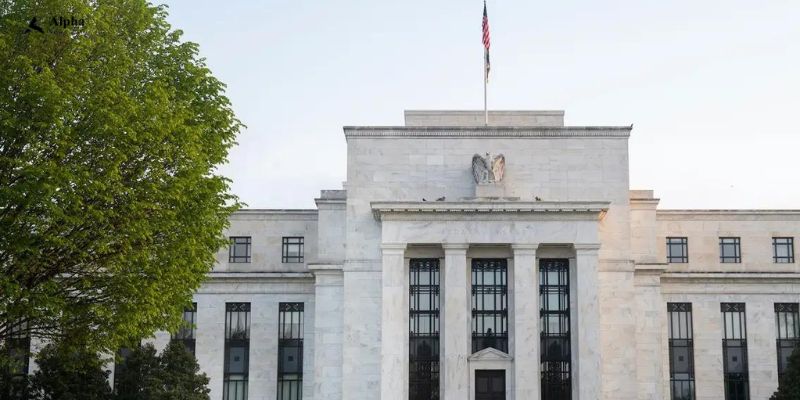Federal Reserve And Big Banks Are Testing Digital Dollar For Wholesale Transactions
The New York Federal Reserve is working with major banks to test the efficacy of the blockchain-based digital dollar platform for payment settlements between financial institutions. The 12-week pilot program will be conducted in a test environment using simulated data.
Federal Reserve and Big Banks Are Trying Out the Digital Dollar for Wholesale Transactions
The Federal Reserve Bank of New York has begun testing for Digital Dollar in the wholesale sector. The NY Fed has partnered with banking and financial services giants including BNY Mellon, HSBC, Citi, Wells Fargo, and Mastercard to study how ‘central bank-issued digital currency (CBDC) can be used for financial settlements between institutions.

The project uses a proof-of-concept (POC) consensus to develop a blockchain-based interoperable digital token platform called the regulated liability Network (RLN). According to the Fed, by utilizing blockchain’s distributed ledger technology, the proposed RLN platform can improve the efficiency of settlements between central banks, commercial banks, and regulated non-banks.
NY Fed will conduct a 12-week pilot program for the PoC platform in a testing environment where commercial banks will issue U.S dollar-denominated digital tokens that represent customer deposits. The tokens are then settled through a simulated central bank reserve deployed on a blockchain shared by multiple entities. The CBDC will be programmed to follow existing rules and regulations. NY Fed is also looking into expanding digital dollar use cases to include other crypto assets like regulated stablecoins. Participating banks will work with the New York Innovation Center (NYIC), a New York Federal Reserve subsidiary. The test will be conducted using only simulated data.
“The NYIC looks forward to collaborating with members of the banking community to advance research on asset tokenization and the future of financial market infrastructures in the U.S as money and banking evolve,” said Per von Zelowitz, Director of the NYIC.
Digital finance technology provider SETL is developing the RLN platform which will be powered by Amazon Web Services (AWS). International financial messaging service SWIFT is working on adding interoperability features for the digital dollar to support cross-border payments. Other participants in the project include PNC Bank, Trust, U.S Bank, and TD Bank.

The Federal Reserve took the first step towards developing a CBDC after releasing a 40-page discussion paper in January. The document explained the potential benefits and risks of incorporating digital currency into the economy. According to the Fed, a digital dollar can offer the general public broad access to a crypto token that is free from credit and liquidity risk.
Also Read Businesses Can Now Accept USDC Payments Using Apple Pay
“A CBDC might also help to level the playing field in payment innovation for private-sector firms of all sizes. For some smaller firms, the cost and risks of issuing a safe and robust form of private money may be prohibitive. A CBDC could overcome this barrier and allow private-sector innovators to focus on new access services, distribution methods, and related service offerings,” read the report.
The document also explained that processing transactions in CBDC could make cross-border payments much easier. The digital dollar will help preserve the dominance of the U.S dollar and maintain its position as the reserve currency of the world. Countries around the world are developing frameworks for their own central bank-issued digital currency. China with its digital yuan is the leader in the race. Since 2020, residents of the world’s second-largest economy have been paying for goods and services using CBDC instead of physical banknotes and coins.
Also Read VISA Terminates All Agreements With FTX